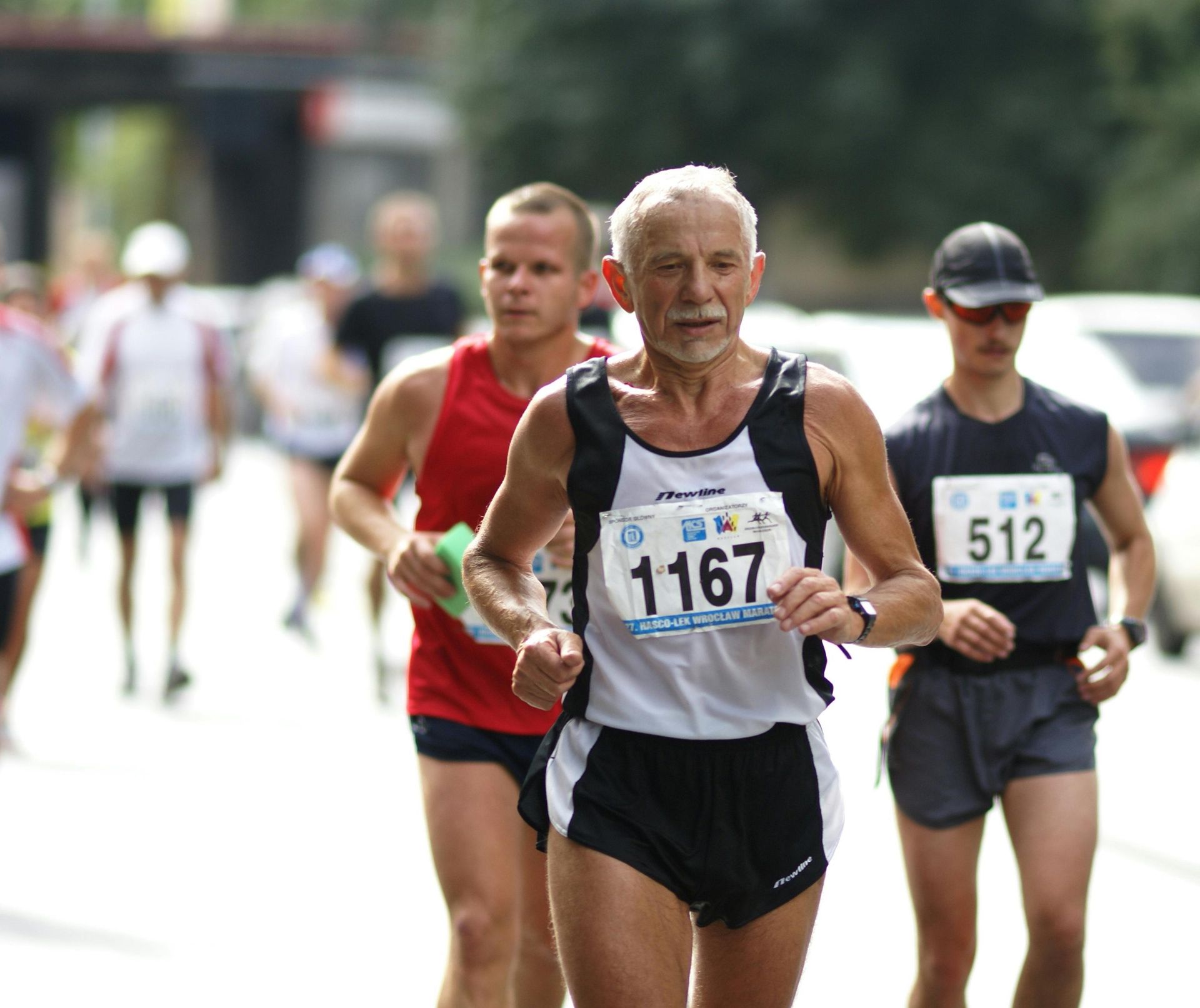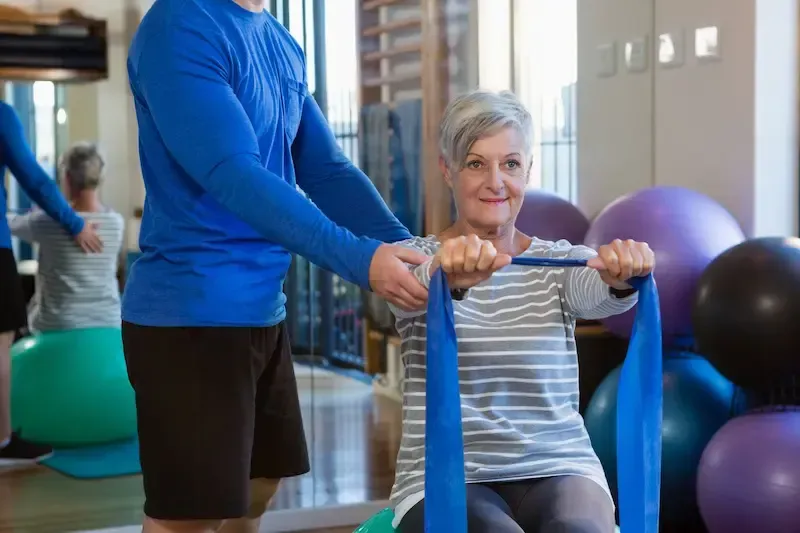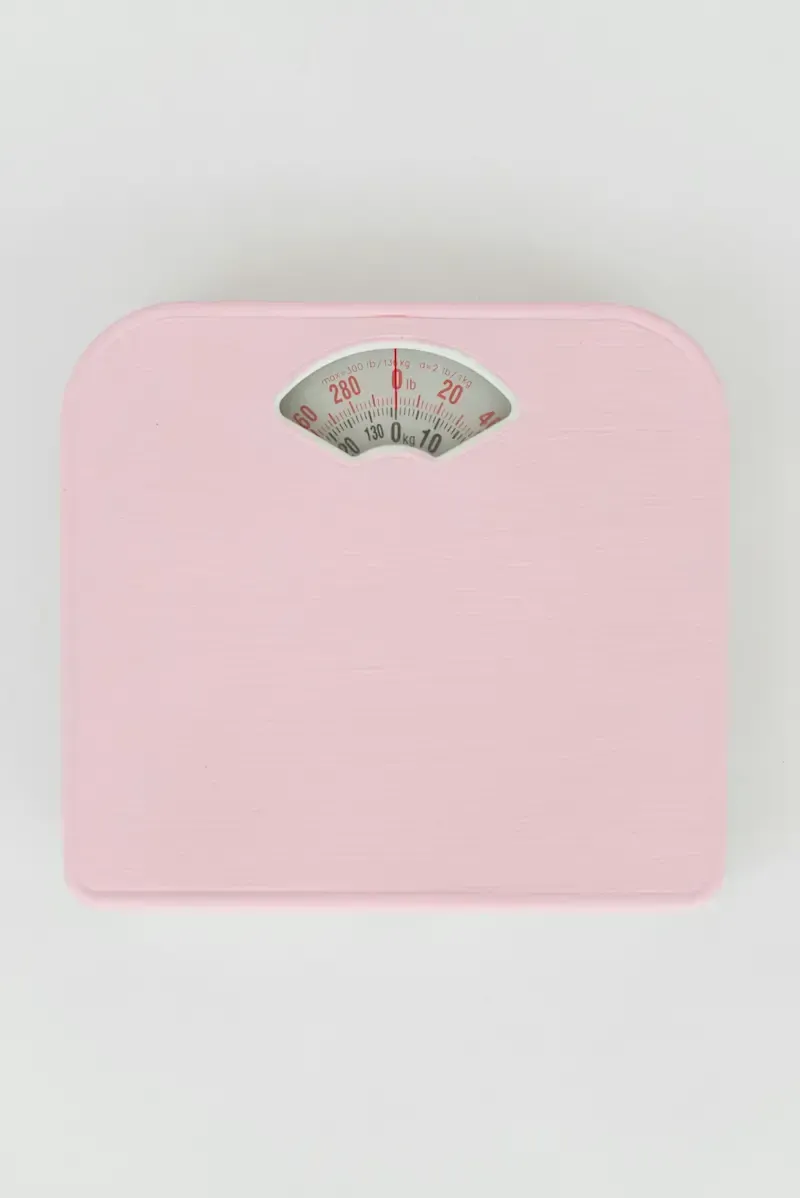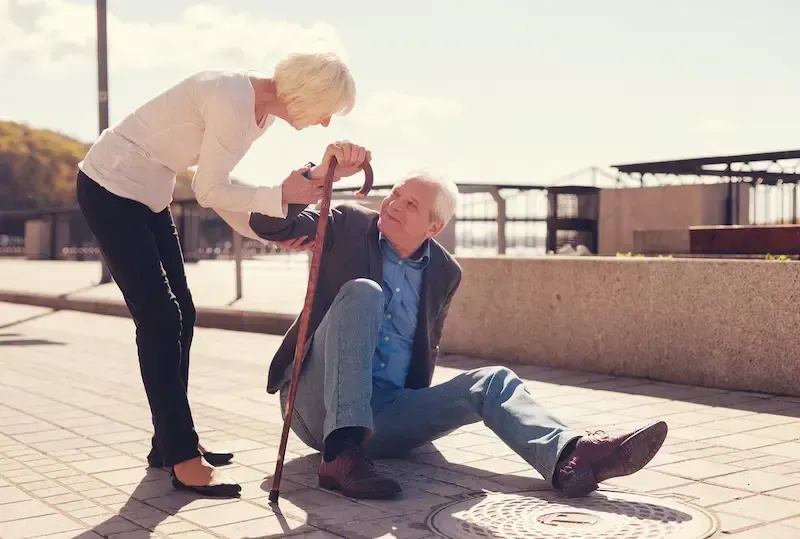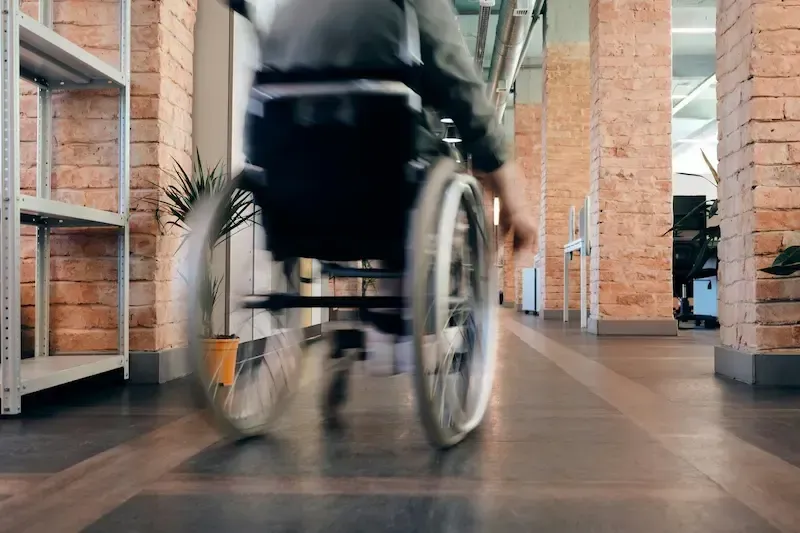How to Stay Active with COPD: Expert Tips from a Personal Trainer
Chronic Obstructive Pulmonary Disease (COPD) can make physical activity feel challenging, but staying active is one of the best ways to manage symptoms and improve your quality of life. Regular exercise can help improve lung function, increase stamina, and reduce shortness of breath. With the guidance of a personal trainer, seniors with COPD can engage in safe and effective workouts that help maintain health and vitality.
Benefits of Exercise for COPD
- Improves Lung Function: Regular aerobic exercise helps strengthen the respiratory muscles, making breathing easier and more efficient.
- Increases Stamina and Energy Levels: Physical activity boosts overall energy levels, reducing the feeling of breathlessness during everyday activities.
- Reduces Shortness of Breath: Exercise helps your body use oxygen more efficiently, decreasing the frequency and severity of shortness of breath.
- Enhances Mood and Reduces Anxiety: Exercise releases endorphins, which help reduce anxiety and depression, common in those living with COPD.
How a Personal Trainer Can Help
- Customized Exercise Plans: A personal trainer will develop a fitness program tailored to your specific needs, capabilities, and COPD severity, focusing on activities that help manage your symptoms.
- Breathing Techniques: A trainer will teach you proper breathing techniques, such as pursed-lip breathing and diaphragmatic breathing, to help control breathlessness during exercise.
- Monitoring and Safety: Your trainer will closely monitor your oxygen levels and physical responses, ensuring that you stay safe and comfortable throughout your workout.
- Encouragement and Motivation: Having a personal trainer provides regular motivation and support, helping you stay consistent with your exercise routine.
Recommended Exercises for COPD Management
- Aerobic Exercises: Low-impact activities like walking, cycling on a stationary bike, or water aerobics can improve cardiovascular endurance and lung function. Aim for 20-30 minutes of moderate-intensity aerobic exercise, 3-4 times per week.
- Strength Training: Light resistance exercises using weights or resistance bands can help improve muscle strength, making daily activities easier.
- Flexibility Exercises: Gentle stretching and yoga can help increase flexibility, improve posture, and reduce muscle tension, which can make breathing easier.
- Breathing Exercises: Incorporating breathing exercises into your routine can help improve your lung capacity and control shortness of breath.
Tips for Exercising Safely with COPD
- Start Slowly: Begin with low-intensity activities and gradually increase the duration and intensity as your body adapts.
- Warm-Up and Cool Down: Always warm up before exercising and cool down afterward to help regulate your breathing and prevent any sudden changes in blood pressure.
- Stay Hydrated: Drink plenty of water to keep your airways hydrated and reduce mucus buildup.
- Avoid Extreme Conditions: Exercise indoors during extreme weather conditions (very hot, cold, or humid days) to avoid triggering COPD symptoms.
- Know Your Limits: Pay attention to how your body feels and stop exercising if you experience dizziness, chest pain, or severe shortness of breath.
How We Can Help
At Senior Fitness Palm Springs, our personal trainers are experienced in working with seniors with COPD. We provide customized exercise programs that focus on improving lung function, increasing stamina, and managing symptoms, all in a safe and supportive environment.
Contact Us Today! Schedule a free consultation to learn how we can help you stay active and improve your quality of life with COPD.
